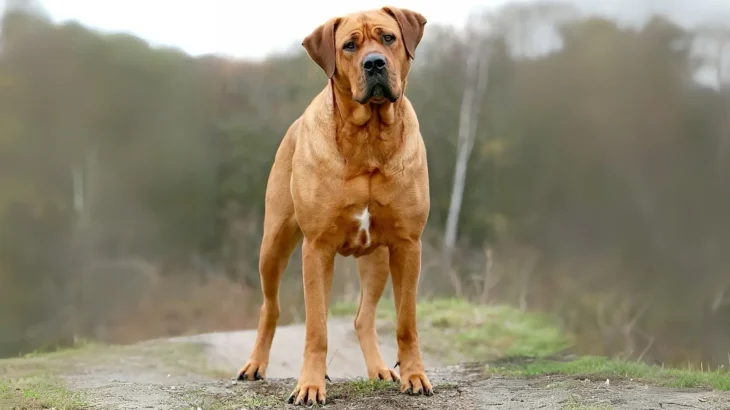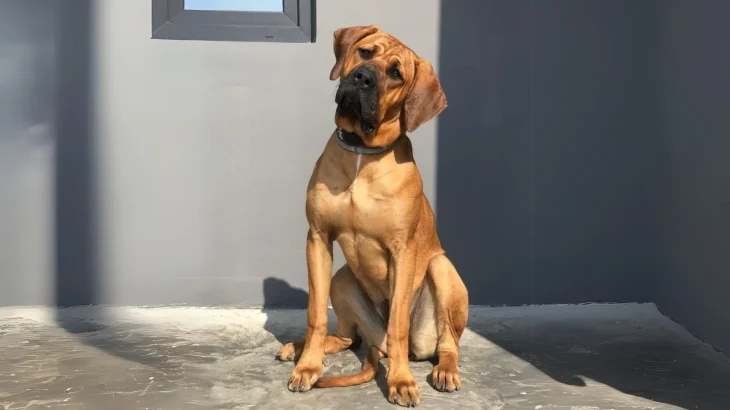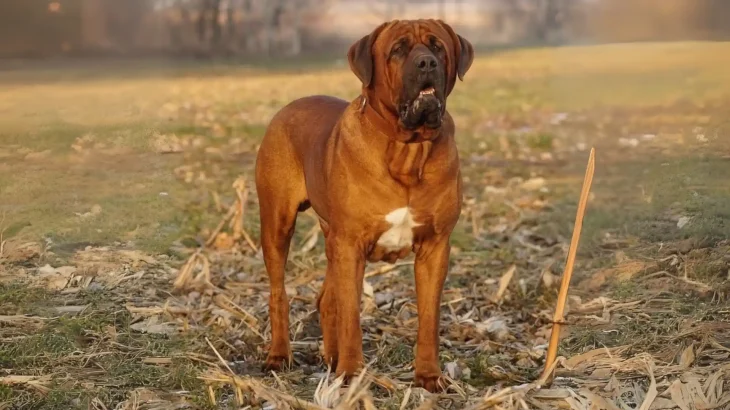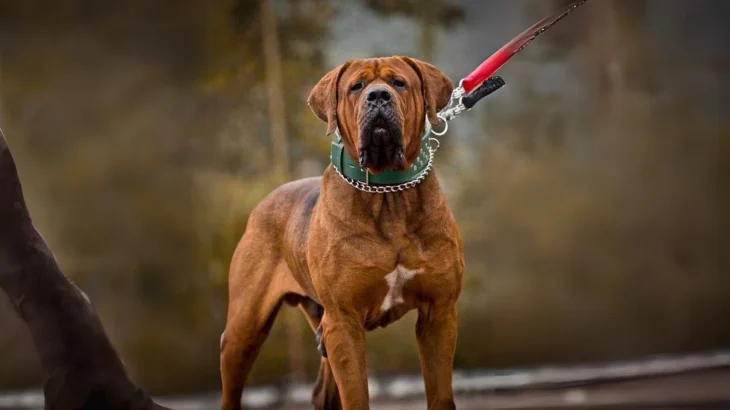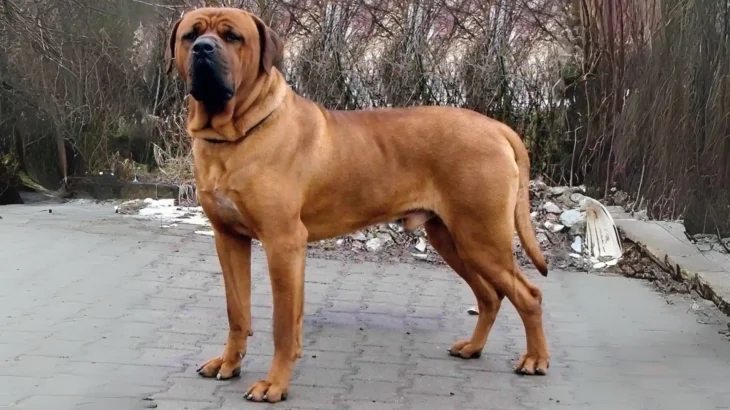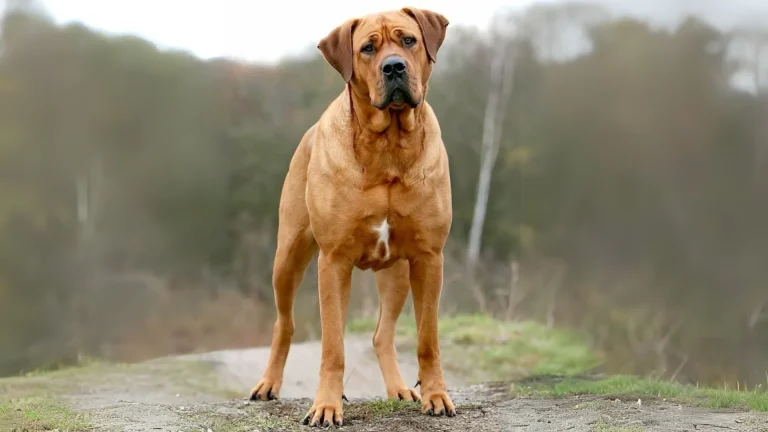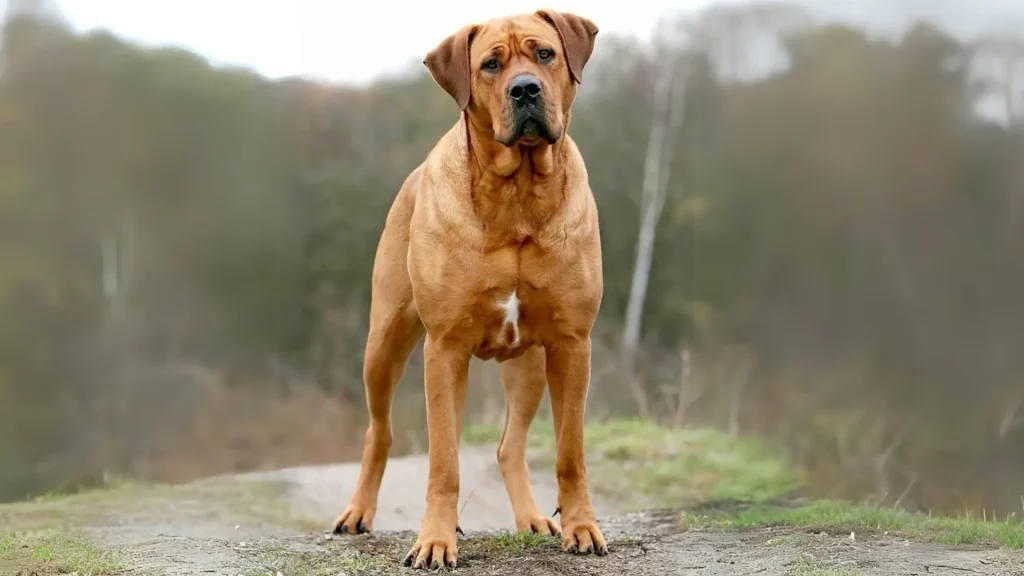When deciding whether to welcome a Tosa Inu puppy into your home, choosing between adoption and purchasing from a breeder is key. While breeders typically offer puppies with known lineage and health clearances, adopting can be a way to give a Tosa Inu a second chance. Both routes have unique benefits and considerations, especially with a breed as distinct as the Tosa Inu.
Adoption vs. Breeder: Pros & Cons
| Criteria | Buying from Breeder | Adopting from Shelter/Rescue |
|---|---|---|
| Cost | Generally higher, reflecting purebred status and breeder investment. | Usually lower adoption fees; may vary with availability of Tosa Inu dogs. |
| Health History | Comprehensive health records and genetic testing often provided. | Health history can be limited or unknown; shelters offer basic vet checks. |
| Age Availability | Mostly puppies, allowing early development monitoring. | Varied ages, including adults, providing choices for different lifestyles. |
| Temperament Insight | Breeders can share lineage-related temperament information. | Rescue staff can provide behavioral observations, but complete background may be unclear. |
| Supporting Practices | Supports selective breeding programs aiming to preserve breed standards. | Helps reduce shelter populations and offers homes to dogs in need. |
| Ethical Considerations | Important to ensure breeder follows responsible, humane practices. | Adoption supports animal welfare and discourages puppy mills. |

